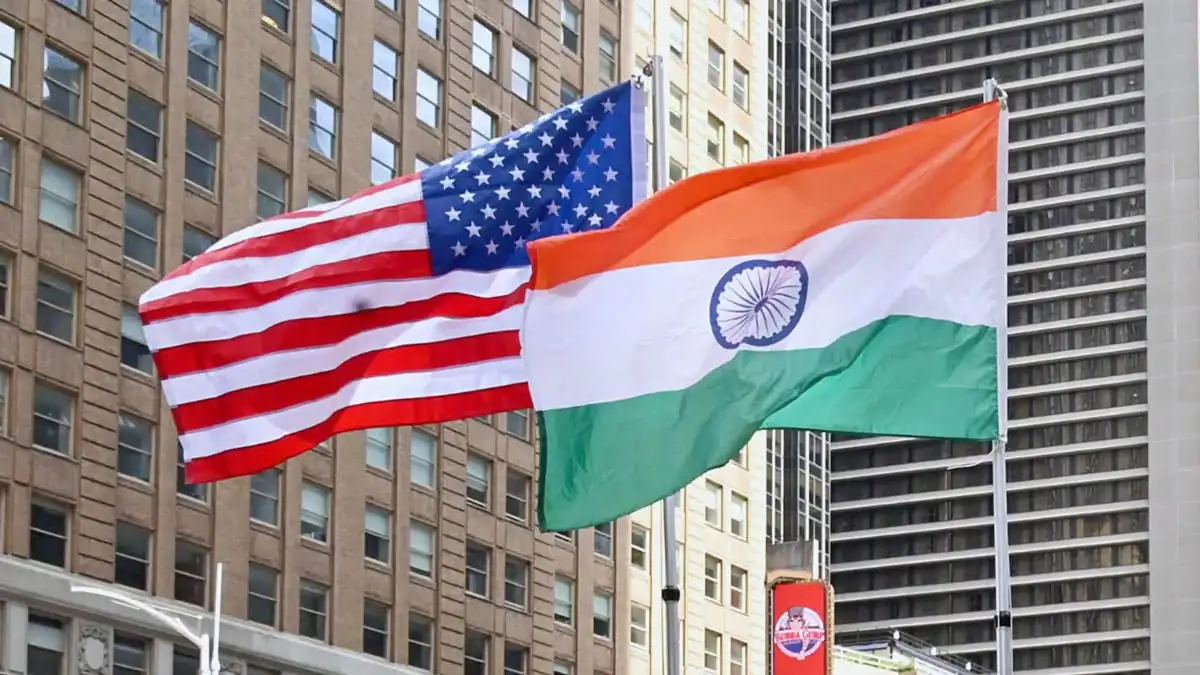The U.S. Commerce Department is currently conducting a thorough examination of the recently announced “America First Trade Policy” by President Donald Trump, with particular attention to its implications for India’s textile industry. This policy includes potential tariff threats that could affect trade dynamics significantly. Sources indicate that the Indian government is assessing both the positive and negative impacts of these provisions and will coordinate inputs from various ministries before making any decisions in response to U.S. actions.
Evaluating Trade Impacts
The memorandum outlines concerns regarding unfair and unbalanced trade, specifically addressing the substantial trade deficits the U.S. faces. It mandates investigations into these deficits, which may lead to recommendations for global tariffs or other measures aimed at remedying the situation. Given India’s current trade surplus of over $35 billion with the U.S., such investigations could pose challenges, although the exact outcomes remain uncertain.
Officials stress that there is no immediate need for drastic measures from India, as Trump has set a timeline for reports from key U.S. departments, due by April 1, 2025. This timeframe allows India to carefully analyse U.S. trade policies and their effects on its textile sector before responding.
Consultations and Industry Engagement
The Indian government has been proactive in engaging with industry stakeholders to identify areas where duty adjustments could align with U.S. interests while also exploring potential concessions. The Confederation of Indian Textile Industry (CITI) has expressed optimism about strengthening ties with the U.S., highlighting a 6% increase in textile exports during the current fiscal year compared to last year—outpacing competitors like China and Vietnam.
However, high tariff rates on certain apparel categories, which can reach up to 32%, remain a significant barrier to India’s textile exports to the U.S.. CITI hopes that the new administration will facilitate discussions on tariff revisions, positioning India as a key supplier of textile products to American markets.
Looking Ahead
In the coming months, India will closely monitor U.S. trade actions and their implications for its textile industry. The focus will be on understanding how Trump’s policies might shift trade dynamics not just with India but also in relation to other partners. As Trump has previously criticised India’s tariffs and referred to it as a “tariff king,” there is an expectation that negotiations may seek to balance interests between both nations moving forward.
With India’s textile exports projected to reach $65 billion by 2025-26, this period of scrutiny and strategic planning could be pivotal in shaping the future of U.S.-India trade relations in textiles and beyond.

